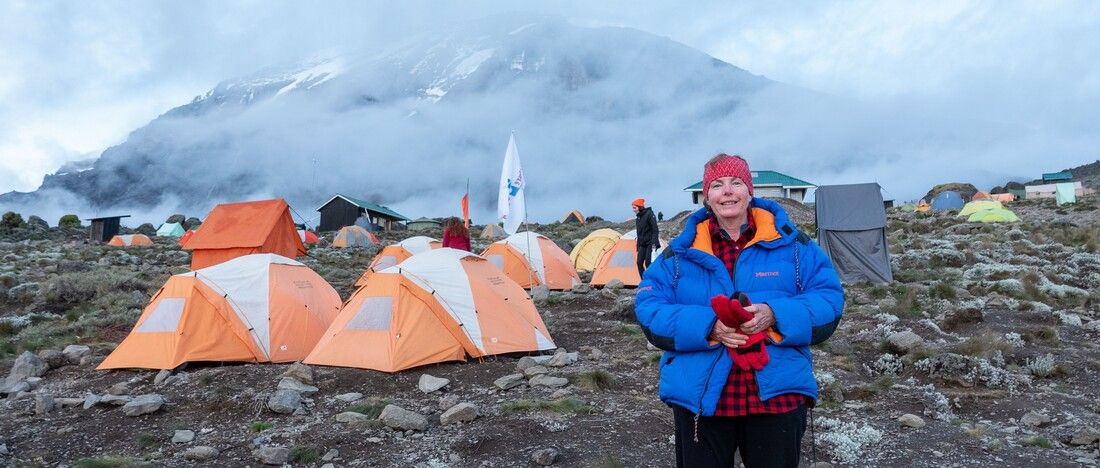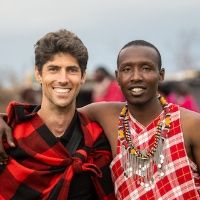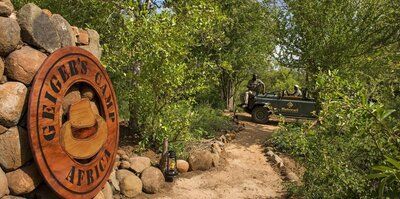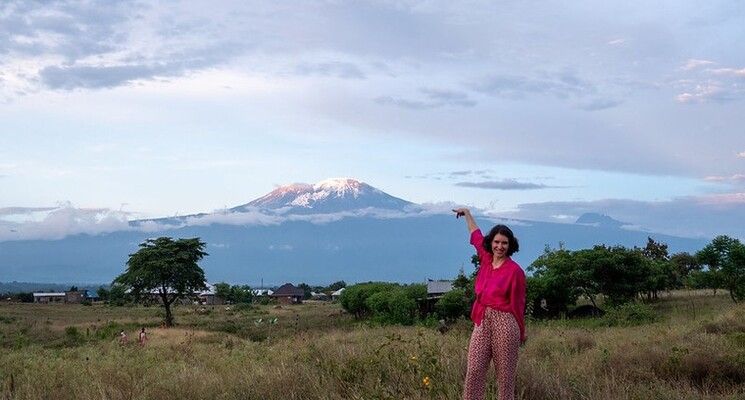
At 5,895m, Kilimanjaro is the highest-free standing mountain in the world and the Roof of Africa. It is also one of the most challenging and spectacular treks in the world.
If Kilimanjaro is on your bucket list, here are a few things you need to consider when planning your trek:
Where is Kilimanjaro
- Kilimanjaro is located in Moshi, Tanzania.
How to get to Kilimanjaro
- The closest international airport is Kilimanjaro International Airport (JRO).
- It is also possible to fly into Nairobi and take a shuttle/car to Kilimanjaro (approx. 6 - 8 hours).
Best time of year to trek
- Jan - Mar (our favourite): fantastic weather, fewer trekkers and usually more snow/ice which makes for better summit pictures.
- Jul - Sep: best weather with least rain, peak season with lots of trekkers (particularly August) and most expensive.
- Shoulder seasons of Jun, Oct & Nov - Dec are a great way to avoid the crowds and save money.
- Avoid Apr - May due to high rains.
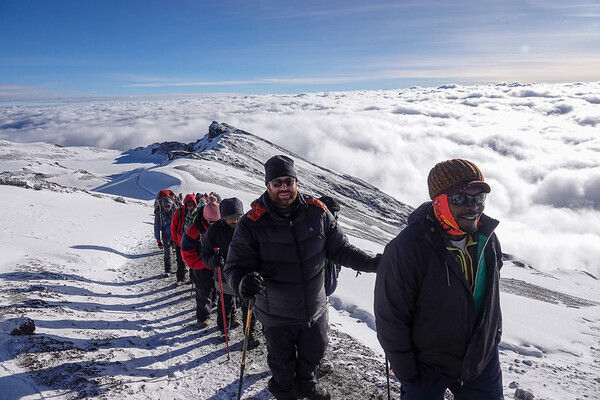
Routes with the best success rates
- Lemosho | 8 or 9 Days
- Best acclimatisation, resulting in a higher success rates and less safety issues
- More scenic than Machame
- Fewer trekkers than Machame
- Machame | 7 Days
- Quickest route without compromising on safety (do not trek under 7 days)
- Cheaper option
- Fantastic views and camping spots
- Joins Lemosho on day 3
- We do not recommend the Machame 6 day option. This trek combines day 4 & 5 into the same 24 hours as when you summit, resulting in poor acclimatisation and no flexibility for unforeseen issues.
- Northern Circuit | 10 Days
- Best acclimatisation
- Fewer trekkers after you leave the Lemosho route on day 4 or 5
- Harder summit approach than Lemosho or Machame
- If you are trekking in the rainy season (Apr - May), consider the Rongai Route.
- Lemosho | 8 or 9 Days
Acclimatisation and altitude sickness
- Trekking above 2,500m has significant health and safety risks.
- Low oxygen levels may result in pressure on your brain or fluid in your lungs. Both can kill you if untreated.
- The best treatment is to descend quickly.
- Here are a few practical tips on how to avoid/minimise altitude risks:
- Trek high and sleep low
- Golden rule: do not sleep more than 500m higher than the previous night once you exceed 2,500m.
- Start the climb in good health
- Ensure you are well rested, do not have a cold or any other sickness and your iron and red blood cell levels are healthy.
- Take it easy while hiking
- The last person to camp usually has the best chance of success.
- Drink plenty of fluids
- Min 3L per day.
- Eat well
- Your trekking company will take care of this with nutritious meals prepared fresh each day.
- Sleep well
- Trek high and sleep low
We hope this information was useful, and if you would like to know more read
our comprehensive guide to trek Kilimanjaro.
Alternatively, you can book a free consultation with a Kilimanjaro expert here
